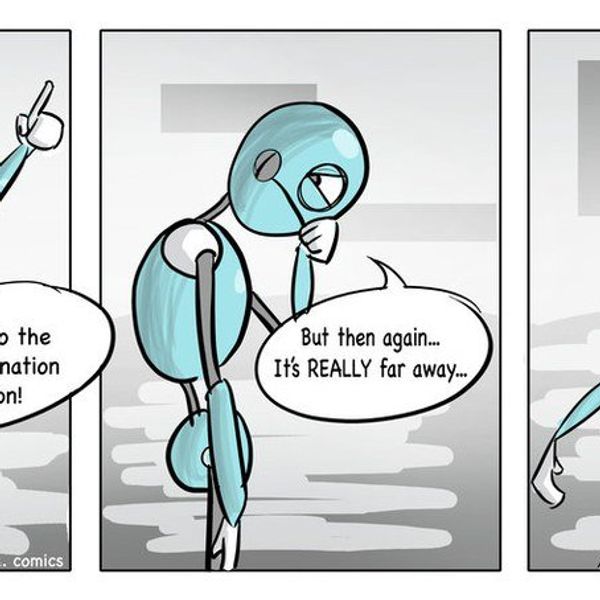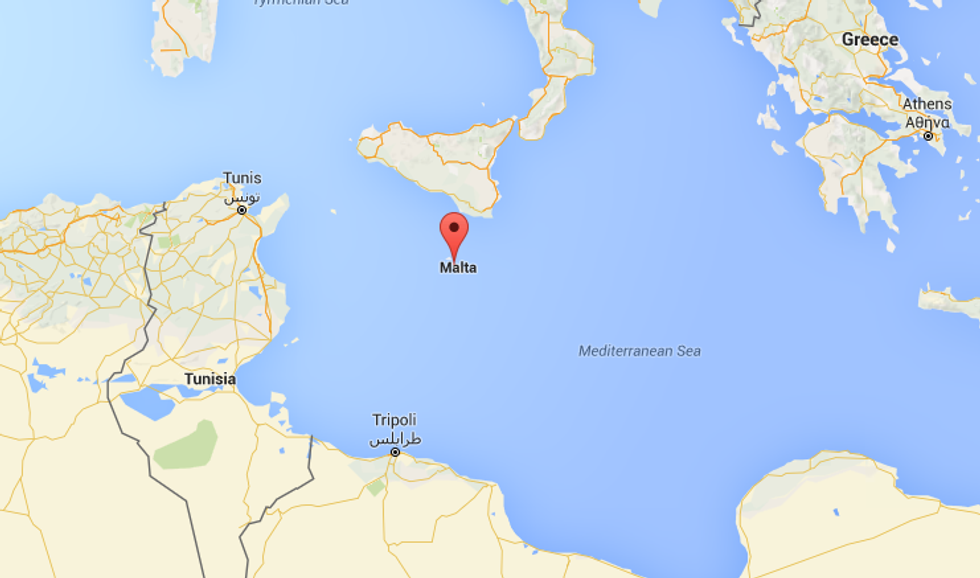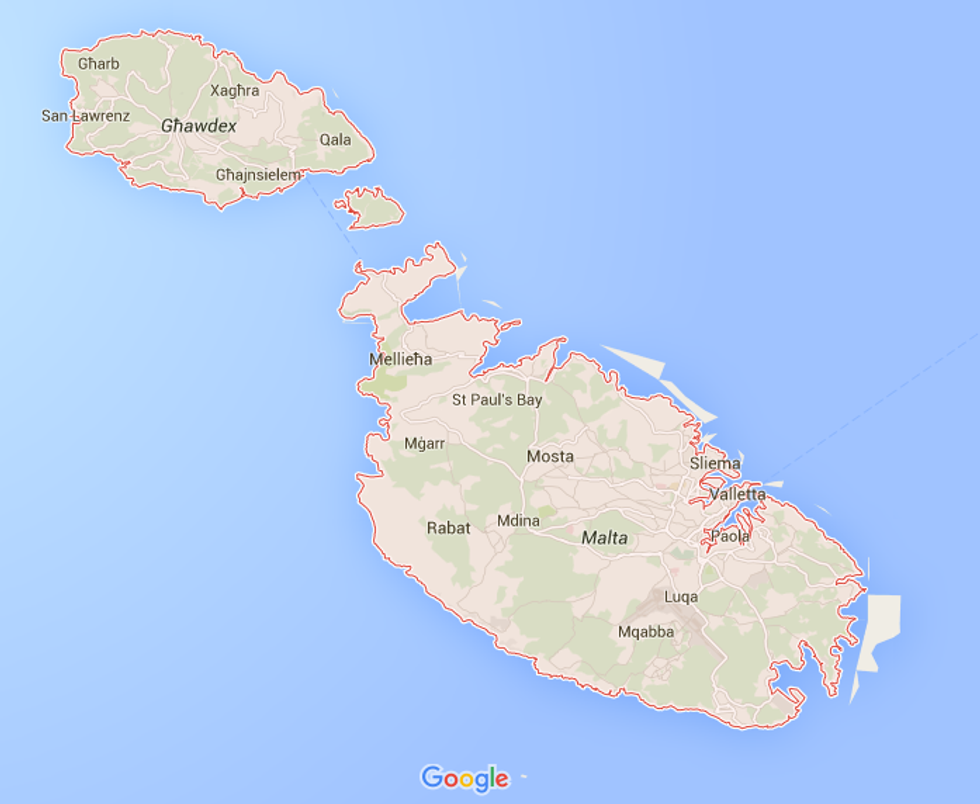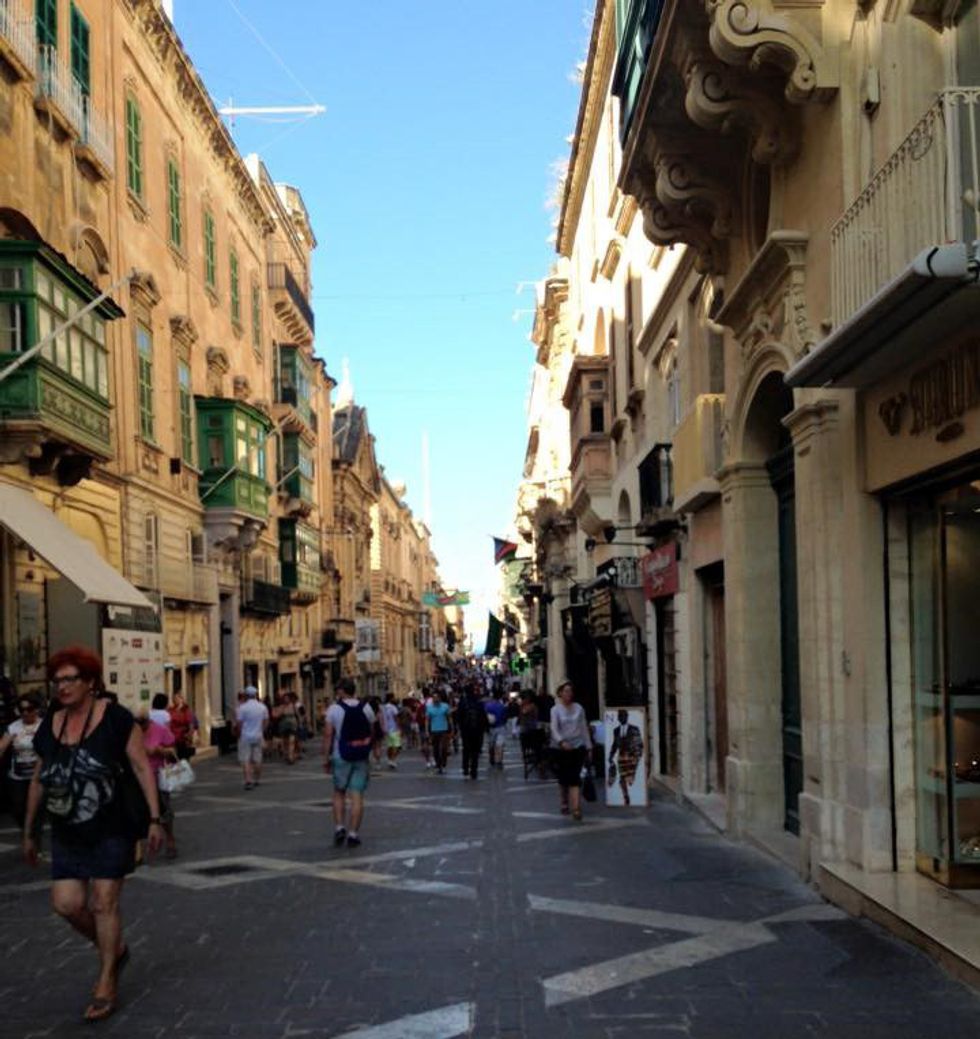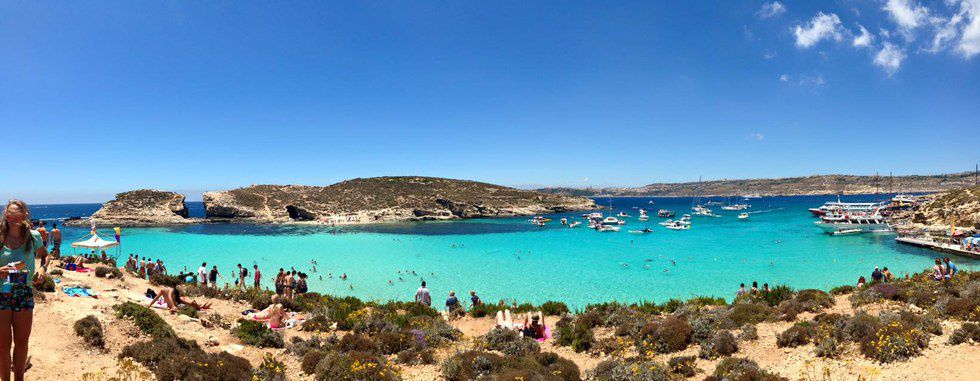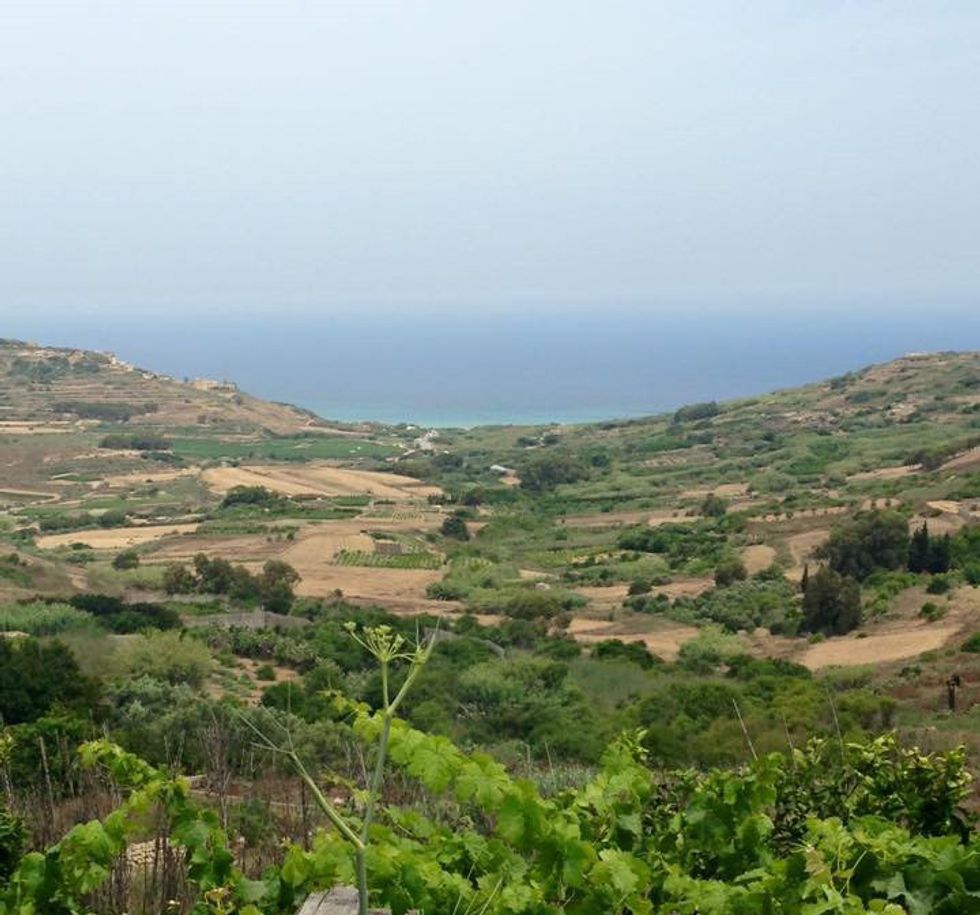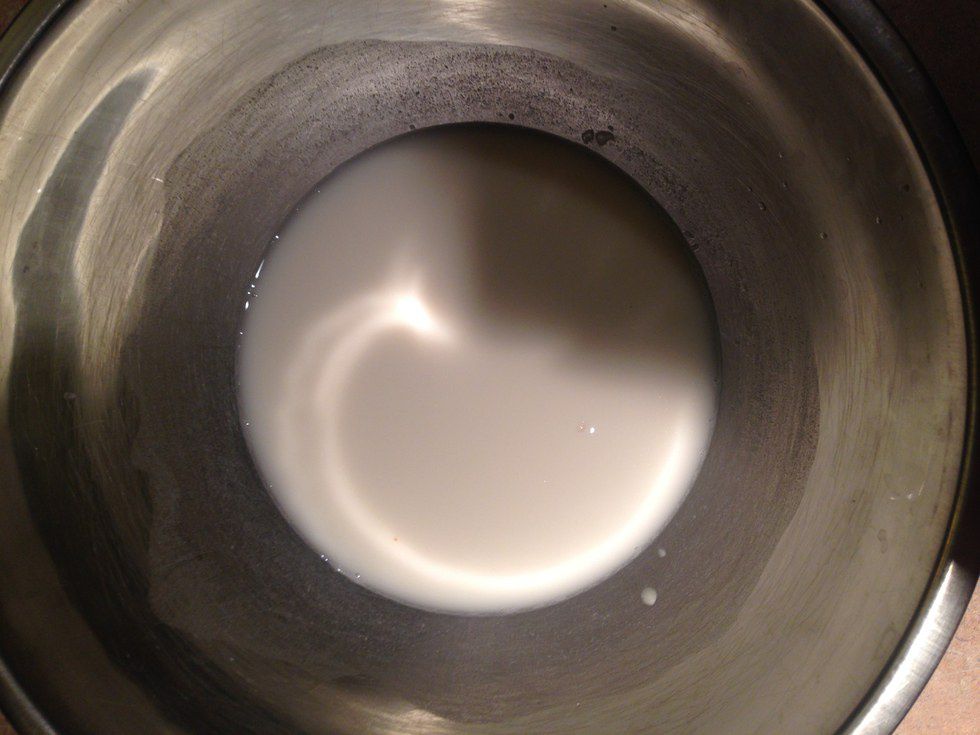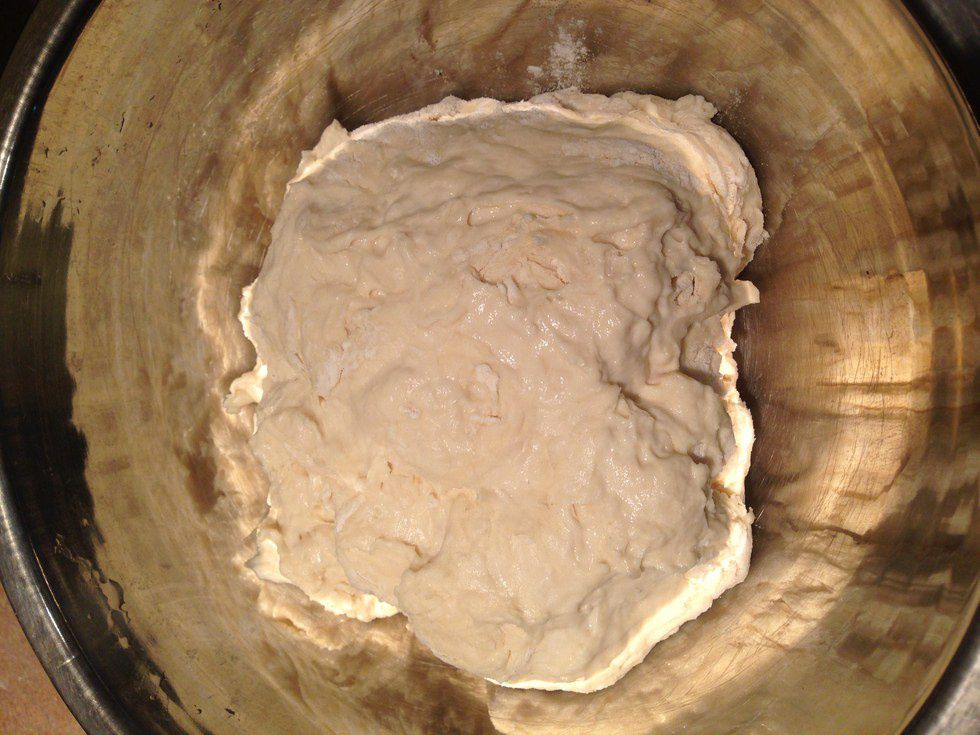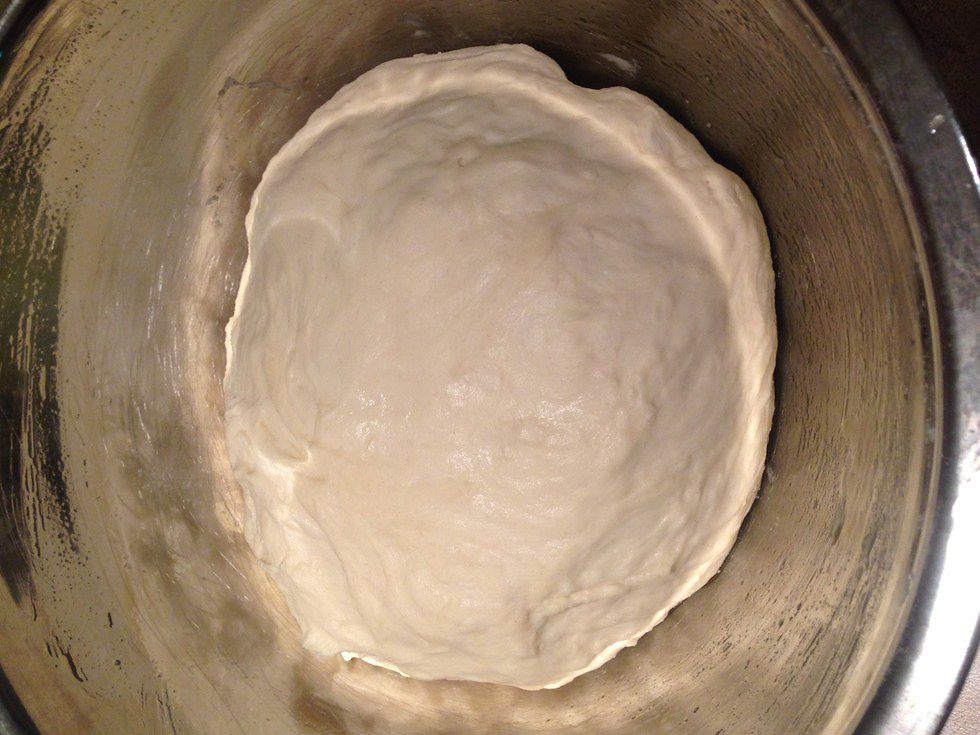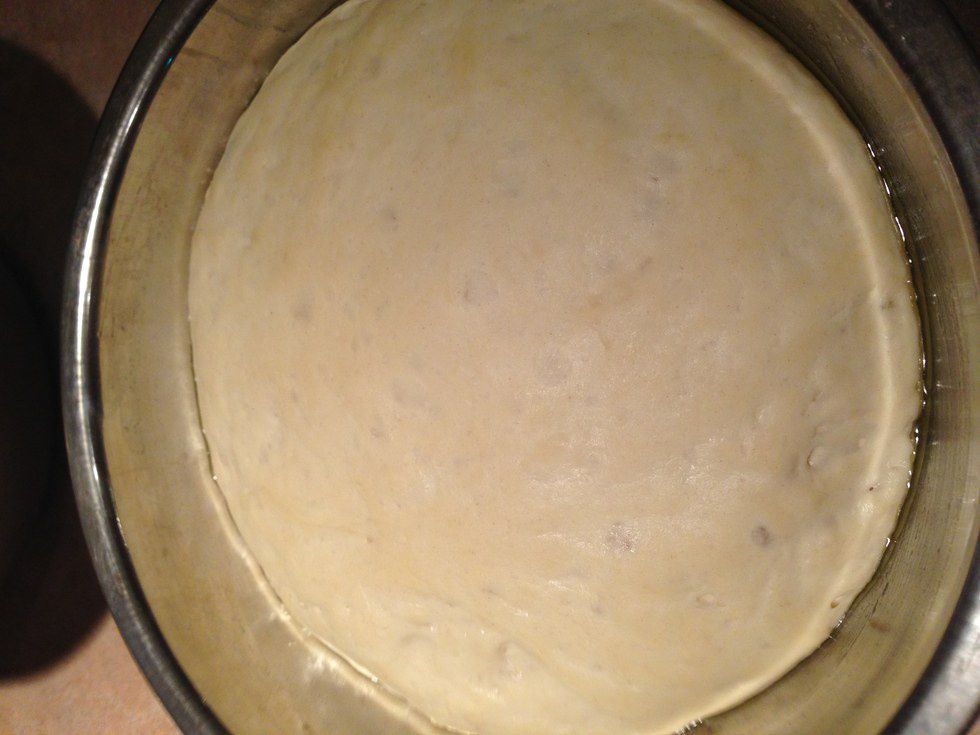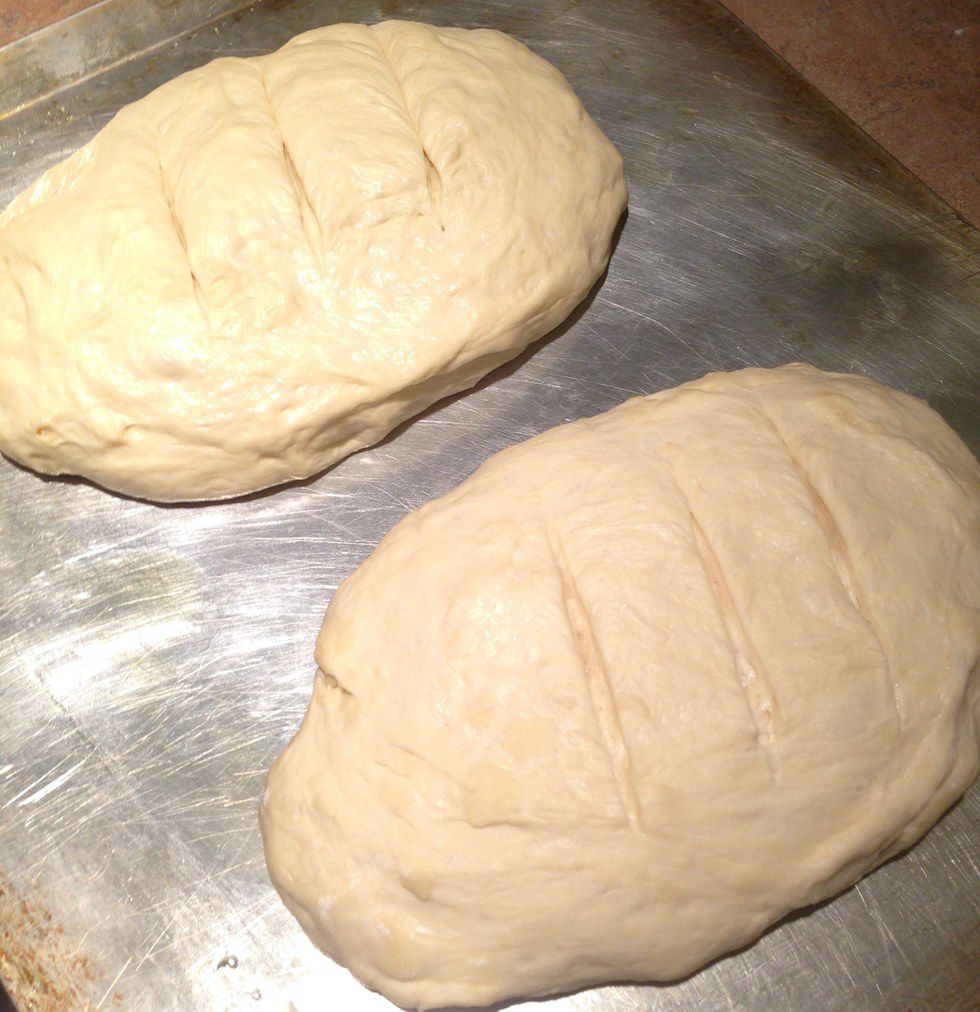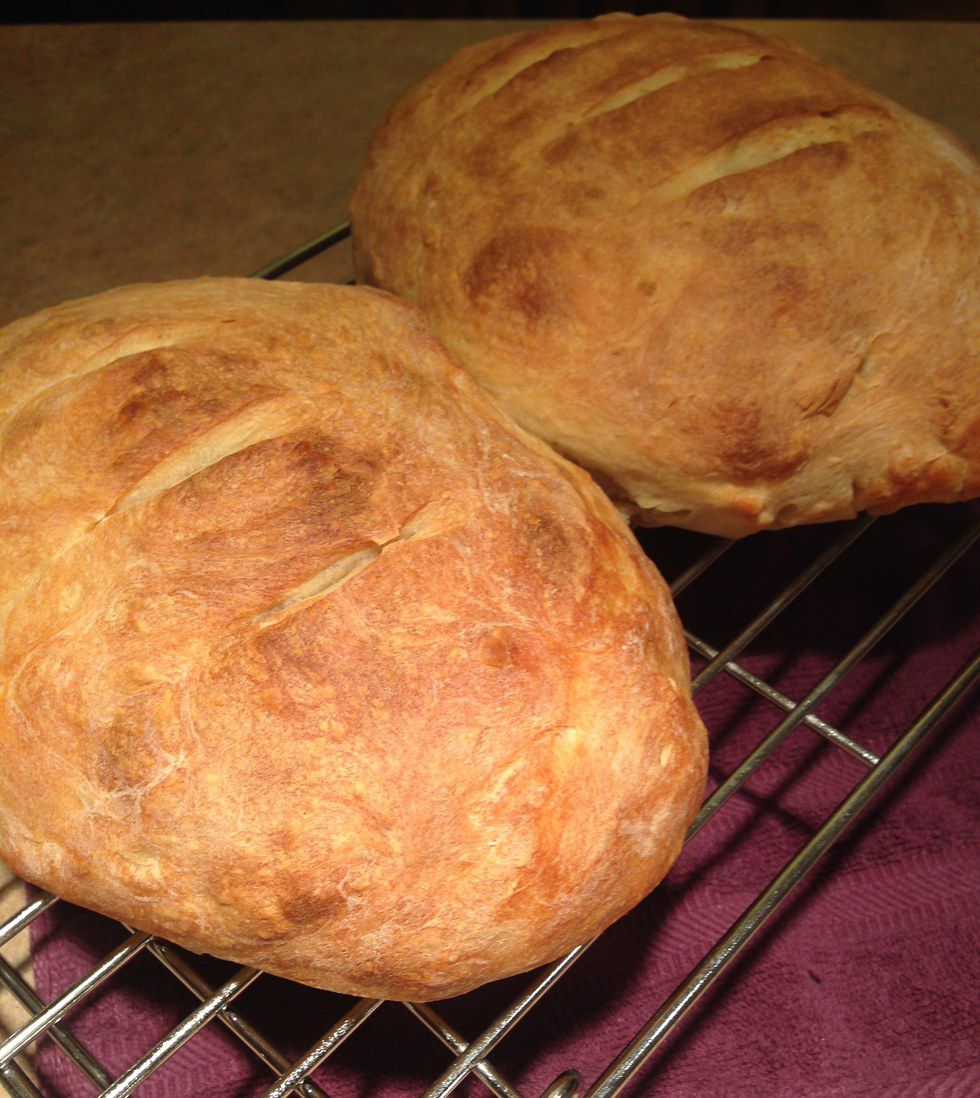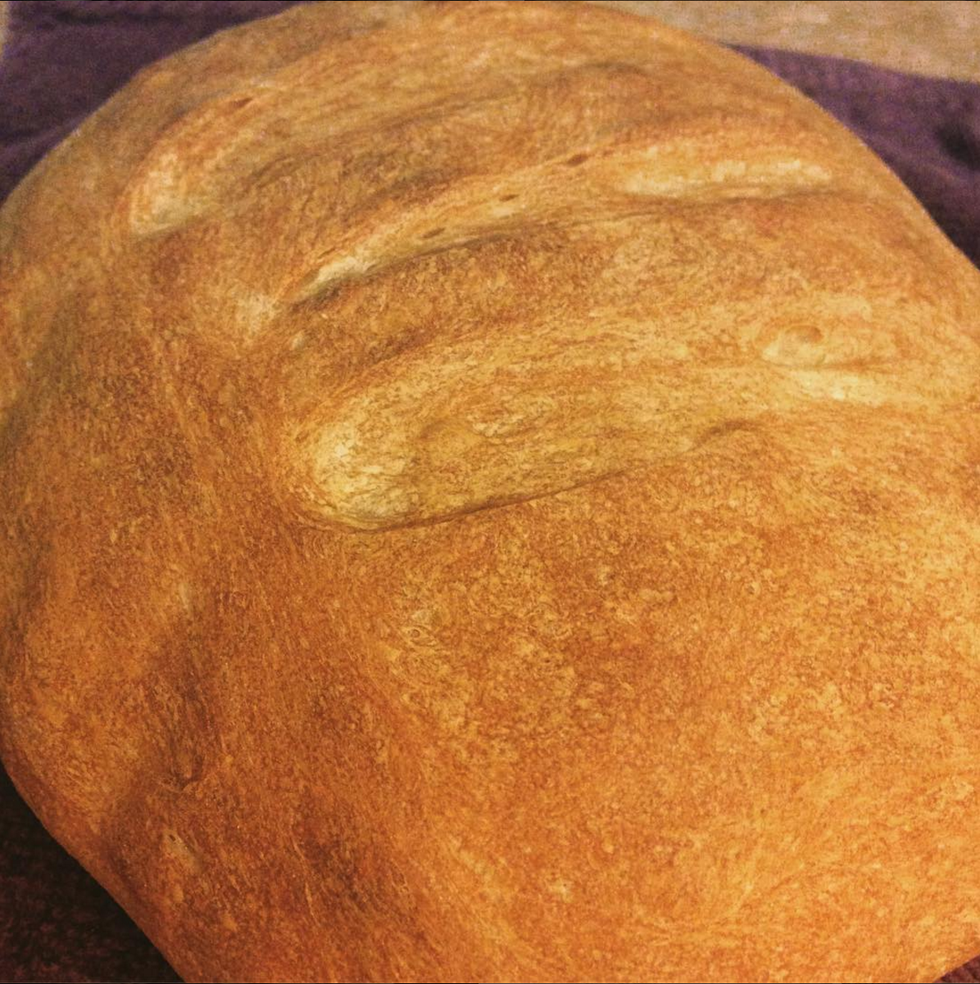No mention of cultural cuisines is complete without reference to their local breads – it truly is a footprint of the food sources available to the society at the time of their beginning. This gives an idea of how life was lived for generations, with what types of grains and flours they had to work with, how much time they had, and what they ate with the bread.
Malta is no exception to this.
Now, some of you are probably wondering where, if not what, Malta is. That’s pretty fair; it’s pretty small.
The Maltese Archipelago is located in the Mediterranean Sea, approximately a three-hour ferry ride from South from Sicily and near Tunisia, Libya, and Greece in other directions. Malta consists of three inhabited islands: Malta, Gozo, and Comino, with Malta being the most populated of the three islands.
Northwest of Malta lies Comino, a very small island populated only by one family and a hotel – virtually only visited as a tourist destination to spend time in Malta’s beautiful waters.
Farther Northwest of Malta and Comino lies Gozo, known to locals as Għawdex, which is the more traditional, less populated, more agricultural of the islands.
Throughout its years of human inhabitation, Malta has passed from hand to hand in power, from Roman to Arab, Norman, the Knights of St. John (of Jerusalem), French, and to most notably being owned by the British in 1814, experiencing both world wars, finding independence in 1964, declaring itself a republic a decade later, and joining the European Union in 2004.
This is the land my family came from. This is the heritage I know and love.
Maltese bread is and always has been a staple of life and heritage to Maltese people. Every village has its own bakery (if not more than one), and those who have immigrated across the world still use their family recipes to bring their heritage with them and share it with their new communities, whether by word of mouth, baking for friends, or building bakeries of their own.
Baking Ħobż tal Malti (literally “bread of Malta” – Maltese language has Semitic-Arabic roots) is more than just baking bread – it’s creating, sharing, spreading, and expanding heritage. It’s continuing the tradition of our ancestors no matter how far across the world we have spread, and keeping our culture alive across the seas and on the homeland.
It’s an honor to share this recipe, and an honor to share my heritage with the world.
The recipe is more complex than your average bread, but definitely worth it in the end. It’s crusty on the outside, with a springy, soft inside! To learn more about Maltese bread and the heritage behind it, a great article to look at is here.
Baking bread is a great way to share time with loved ones and teach them about your culture and heritage – especially considering how long it can take! So invite your friends over for the day (seriously, you’re going to need a day), get your oven ready, and bake some Ħobż tal Malti!
Ingredients (this makes two loaves out of one starter): 2 packages of active dry yeast 4 cups (approximate) of lukewarm water 8 cups (approximate) of flour 1-2 tsp salt 1 tsp (approximate) olive oil
Step 1: Make Your Starter
Ingredients: ¼ tsp of active dry yeast 1/3 cup lukewarm water 2/3 cup plain flour
Put the yeast and water in a bowl and wait for the yeast to dissolve. Then, add the flour and knead all ingredients together for a few minutes until combined. The end result will be sticky, so be ready to get dough on your hands! Once combined, cover the bowl and leave in a warm place for at least six hours, or even overnight.
Step 2: Dissolve Your Starter
Ingredients: Half of a package of active dry yeast 1 cup of lukewarm water
After you’ve let the starter sit for at least six hours, half it. One half will be used to make the loaf, and the other can be saved in a refrigerator to make more loaves later on. Or, you can just make two loaves.*
Put the half package of active dry yeast into the cup of water, and wait for yeast to dissolve. Take the half you are using to bake and tear it up into pieces. Add these pieces to the water/yeast mixture, and get it as close to dissolved as you can. You will have to stir and squish it with your hands.
*Note: if you choose to make two loaves, just add all ingredients to each half. Ingredients listed in each following step are for one loaf.
Step 3: Create the Dough
Ingredients: 1-2 tsp salt 3-3 ½ cups of flour (approximately)
Add the salt to the water/starter mixture. Then, add the flour GRADUALLY. Mix well! This is the tricky part – your end result should have just enough flour that the dough is soft and no longer a batter. If your dough is too wet, add more flour. If your dough is too dry, add more water. Find the happy medium!
Step 4: Knead the Dough
Once your dough is formed, place it in a bowl, cover it, and let it sit for about 10-20 minutes to rise. Then, knead it for about 10 minutes on a lightly floured surface. You may need to add flour if it gets sticky, but be careful to not add too much.
Step 5: Let it Rise
Ingredients: ~1 tsp olive oil
Oil your bowl, then place your kneaded dough into it. Cover the bowl and let it rise in a warm place for about 3-5 hours.
Step 6: Bake!
Preheat your oven to 475 F.
Shape into a loaf, transfer your dough onto an oiled baking sheet, and slash the tops to give them the look of Ħobż tal Malti.
Turn the oven down to 450 F. Put the baking sheet in, and bake for 20-30 minutes. You’re looking for loaves that have a crusty, light brown exterior. When done, remove them from the oven and let them cool on a wire rack.
Slice and serve on sandwiches, with jam or butter, or as a side dish to your meals, and enjoy!

